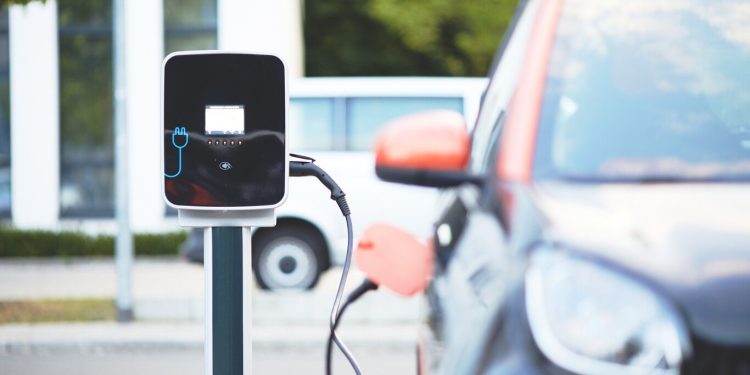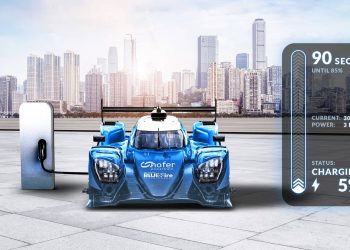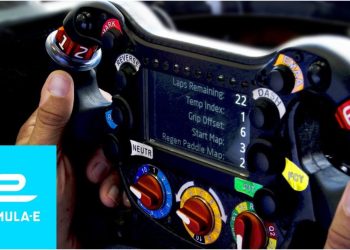The electric mobility world has a pending issue in order to gain a foothold on a global scale: charging infrastructure. Car autonomy continues to be the weaker leg of a table that is increasingly consolidated, supported by State regulations and new technologies that encourage the transition.
Against this backdrop, important advances in this field are emerging on a daily basis, as a result of research carried out by prestigious scientific institutions. One of them is the University of Adelaide, Australia, where researchers tested a concept of quantum superabsorption, using a laser to charge small microcavities in which molecules were placed.
The scientists defined this process as Quantum Charging, or Quantum Batteries, which use the principles of quantum mechanics to extend the capabilities of batteries, for example, by requiring a shorter supply time.

Their findings were that as they placed more molecules, the charging time decreased, which opens the door to a battery capable of storing energy while drawing power from ambient light.
Other Discoveries in Asia
Scientists at the Institute of Basic Science in South Korea, meanwhile, have succeeded in proving with numerical calculations that in quantum batteries the cells can be charged simultaneously, according to the academic paper published in the journal Physical Review Letters.
In practice, this translates into a substantial difference with current batteries, whose cells are charged consecutively rather than simultaneously, which can lead to an unprecedented decrease in supply time.
Read also: Formula E to Unveil Gen3 Car on April 28 in Monaco
According to the advances, for a 200-cell battery of an electric car, which would need about 10 hours of charging in a domestic device, it would be fully charged in 3 minutes.
Similarly, at a fast-charging station, the results could be even more mind-boggling, reaching charging times of just seconds, which would for the first time put electricity supply ahead of even refueling in terms of time taken.
The consequences of these mathematical calculations would go far beyond electric mobility. In areas such as nuclear fusion energy, the clean technology that science has been researching for decades, the implementation of a battery capable of rapid charging and discharging would be very useful.
Written by I Jhonattan González












